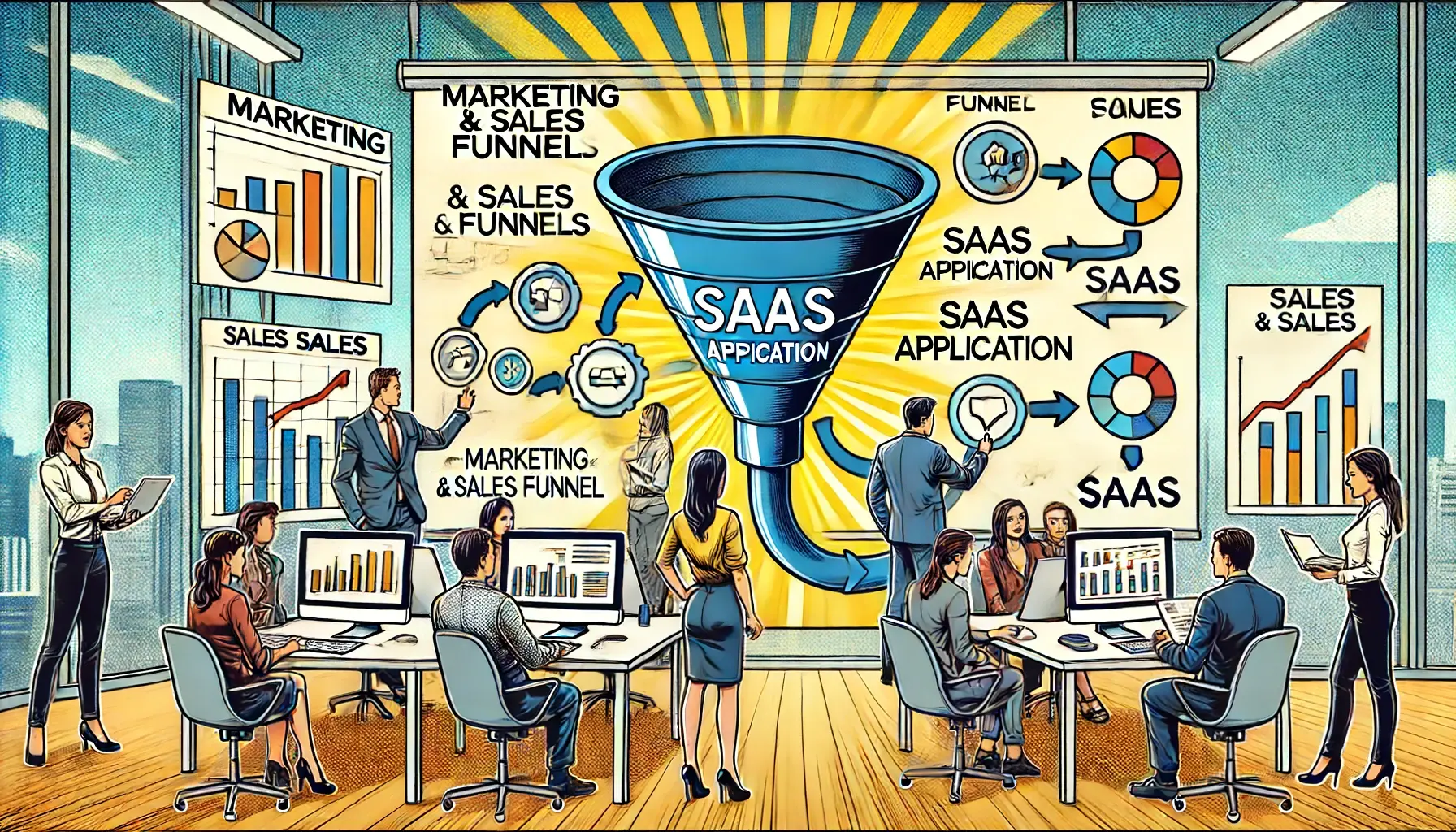Why a Data-Driven Approach is Crucial for SaaS Companies?
In the fast-paced world of Software as a Service (SaaS), making informed decisions based on accurate data is critical for success. A data-driven approach allows companies to understand their market, optimize their product fit, and fine-tune their marketing and sales strategies. This article explores the importance of a data-driven approach in SaaS companies, highlighting key aspects such as product metrics, marketing, and sales monitoring.
The Significance of Product Fit
Product fit is a cornerstone of success in the SaaS industry. Understanding how well your product meets market needs is essential for growth and customer retention. By leveraging data, companies can gain insights into user behavior, preferences, and pain points. Key product metrics such as user engagement, feature adoption rates, and customer feedback help in iterating and improving the product.
For instance, monitoring the frequency of feature usage can indicate which aspects of the product are most valuable to users, guiding future development efforts. Similarly, tracking user engagement metrics like daily active users (DAU) and monthly active users (MAU) provides a clear picture of how the product is performing in real-time.
The Role of Product Metrics
Product metrics are vital for assessing the health and success of a SaaS product. Important metrics include:
- Churn Rate: The percentage of customers who discontinue their subscription over a specific period. High churn rates can signal issues with product fit or customer satisfaction.
- Customer Lifetime Value (CLV): The projected revenue a customer will generate during their lifetime with the company. Understanding CLV helps in strategizing customer acquisition and retention efforts.
- Monthly Recurring Revenue (MRR): A key financial metric that indicates the predictable revenue generated each month from subscriptions. MRR growth is a strong indicator of business health.
By regularly analyzing these metrics, SaaS companies can make data-driven decisions to enhance their product offerings and improve customer satisfaction.
The Importance of Marketing and Sales Monitoring
Effective marketing and sales strategies are pivotal for driving growth in SaaS companies. A data-driven approach allows for precise targeting, efficient resource allocation, and the ability to measure the success of campaigns.
Marketing Metrics:
- Customer Acquisition Cost (CAC): The total cost of acquiring a new customer. Lowering CAC while maintaining or increasing CLV is a sign of efficient marketing.
- Conversion Rate: The percentage of visitors who take a desired action, such as signing up for a trial or making a purchase. Tracking conversion rates helps in understanding the effectiveness of marketing efforts.
Sales Metrics:
- Sales Cycle Length: The average time it takes to convert a lead into a customer. Shorter sales cycles indicate an efficient sales process.
- Lead-to-Customer Conversion Rate: The percentage of leads that become paying customers. This metric helps in assessing the quality of leads and the effectiveness of the sales team.
The In-Depth Measurement of the Marketing and Sales Funnel
For SaaS startups, an in-depth measurement of the marketing and sales funnel is indispensable. Understanding each stage of the funnel—from lead generation to conversion—allows for the identification of bottlenecks and opportunities for optimization.
Top of the Funnel (TOFU):
- Activities like content marketing, SEO, and social media engagement are aimed at attracting potential customers. Metrics such as website traffic, bounce rates, and engagement rates are crucial for evaluating TOFU effectiveness.
Middle of the Funnel (MOFU):
- This stage focuses on nurturing leads through targeted content, webinars, and email campaigns. Metrics like email open rates, click-through rates, and lead scoring help in assessing the quality of lead nurturing efforts.
Bottom of the Funnel (BOFU):
- The final stage where leads are converted into customers. Metrics like demo sign-ups, trial conversions, and deal closing rates are vital for understanding the success of BOFU activities.
By continuously measuring and analyzing these stages, SaaS companies can refine their strategies, improve conversion rates, and ultimately drive growth.
Conclusion
A data-driven approach is not just beneficial but essential for SaaS companies aiming for long-term success. By leveraging data to understand product fit, monitor key metrics, and optimize marketing and sales strategies, companies can make informed decisions that drive growth and improve customer satisfaction. Implementing robust data analytics and maintaining a focus on continuous improvement will ensure that SaaS companies stay competitive and responsive to market demands.




